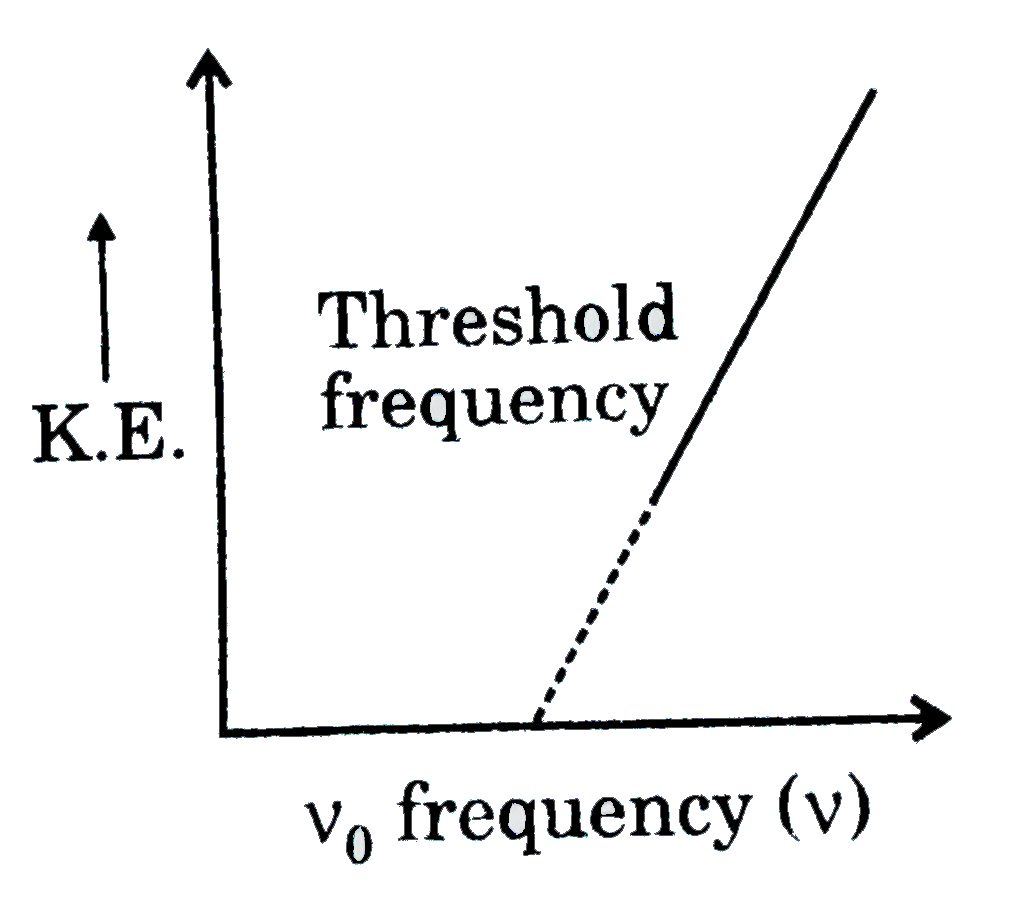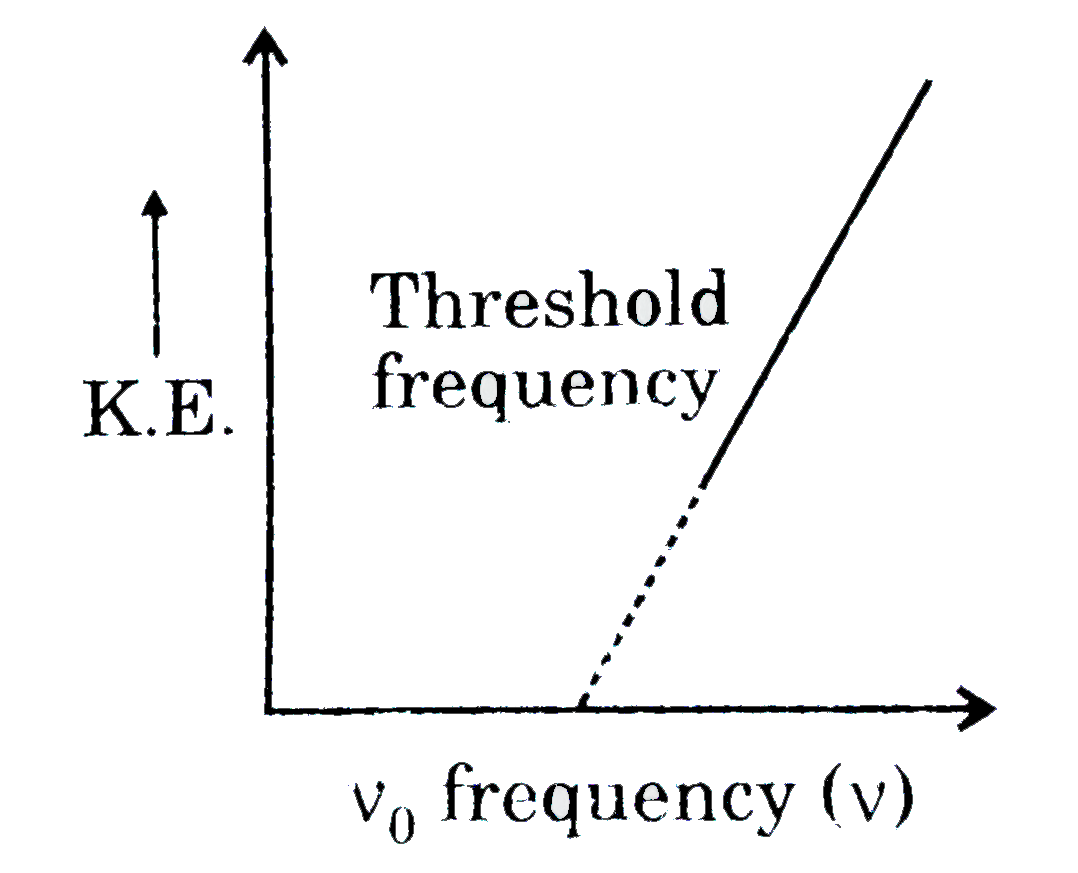Using conservation laws show that an electron cannot absorb a photon completely.
[ Hint : hv=mc2−m0c2 and hvc=mv]
Step by step video, text & image solution for Using conservation laws show that an electron cannot absorb a photon completely. [ Hint : hv = mc^(2) - m_(0)c^(2) and (hv)/(c) = mv] by Physics experts to help you in doubts & scoring excellent marks in Class 12 exams.
Updated on:21/07/2023Topper's Solved these Questions
- NUCLEAR FISSION AND FUSIONBOOK - NN GHOSHCHAPTER - NUCLEAR FISSION AND FUSIONEXERCISE - EXERCISES
18 Videos
- MAGNETIC FIELD AND POTENTIALBOOK - NN GHOSHCHAPTER - MAGNETIC FIELD AND POTENTIALEXERCISE - EXERCISES B
1 Videos
- OPTICAL INSTRUMENTSBOOK - NN GHOSHCHAPTER - OPTICAL INSTRUMENTSEXERCISE - EXERCISES
33 Videos
Similar Questions
Using the conservation laws, demonstrate that a free electron cannot absorb a photon completely.
View SolutionCalculate the threshold freqency of the metalfrom the photoelectronsare emitted with zero velocity when exposed to radiation of wavelength 6800 Å
Hint :KE=12mv2
hv=hv0+KE,KE=0
v=cλ
View Solution
Knowledge Check
Statement-1:An isolated and free electron cannot absorb a photon completely.
Statement-2 : All material particles behave wave like when in motion.
Statement-3: Light of intensity l , falls normally upon a plane mirror (perfectly reflecting surface ). The pressure exerted is 2lcATFTBFFFCTTFDTTTIn problems involving electromagenetism it is often convenlent and informative to express answers in terms of a constant, α, which is a combination of the Coulomb constant, ke=1/4πε0, the charge of the electron, e, and h=h/2, h being Planck's constant. For instant, the lowest energy that a hydrogen atom can have is given by E=1/2α2mc2, wherer m is the mass of the electron and c is the speed of light. Which of the following is the correct expression for α?
(HINt : non-relativistic kinetic energy is 1/2mv2, where v is speed.)Akee2hcBhkee2cCkee2hcDkee2πhcIn the photoelectric effect the eletrons are emiited intantaneously from a given matal plate when it is irradiated with radiation of frequency equal to or greater then some minimum ferquency, is called the threshold frequency.According to Planck's idea, light may be considered to be made up discrete particles called photons.Each photon carries energy equal ti hv.When this photon cllides with the electron of the metal, the electron acquires energy of the emitted electron is given by :
hv=K.Emaximum+PE=12mu2+PE
If the incident rediation is of threshold frequency the electron will be emitted without any kinetic energy
i.e hv0
∴12mu2=hv−hv0
A plot of kinetic energy of the emitted electron versus frequency of the incident radiation yields a straight line given as :

A beam of white light is dispersed into its wavelenght components of potassium metal. What of the electron emitted by the different light component ?ABlue gtgreen gt orange gt yellowBViolet gt blue gt orange gt redCyellow gt green gt blue gt voiletDOrange gt yellow gt blue gt voilet
(i) In the explanations of photoelectric effect, we assume one photon of frequency v collides with an electron and transfer its energy. This leads to the equation for the maximum energy Emax of the emitted electron as Emax=hv−ϕ0 Where ϕ0 is the work function of the metal. if an electron absorbs 2 photons (each of frequency v) what will be the maximum energy for the emitted electron?
(ii) Why is this fact (two photon absorption) not taken into consideration in our discussion of the stopping potential?
View SolutionStatement-1: In Photoelectric effect , electrons absorbing the photon can not be a free electron.
Statement -2: A free electron can't absorb a photon completely
View SolutionIn the photoelectric effect the eletrons are emiited intantaneously from a given matal plate when it is irradiated with radiation of frequency equal to or greater then some minimum ferquency, is called the threshold frequency.According to Planck's idea, light may be considered to be made up discrete particles called photons.Each photon carries energy equal ti hv.When this photon cllides with the electron of the metal, the electron acquires energy of the emitted electron is given by :
hv=K.Emaximum+PE=12mu2+PE
If the incident rediation is of threshold frequency the electron will be emitted without any kinetic energy
i.e hv0
∴12mu2=hv−hv0
A plot of kinetic energy of the emitted electron versus frequency of the incident radiation yields a straight line given as :

A laser producting monochromatic lights of different wavelenght is uesd to eject electrons from the sheet of glod having threshold frequency 6.15×1014s−1 Which of the following incident rediation will be suitable for the ejecting of electrons ?
View SolutionA meter stick of length l and mass M lies on a frictionlesss table. The stick is free to move in any way on the table. A hockey ball of mass m moving perpendicuarly to the mass of the ball so that it remains at rest immediately after the collision?
[Hint: Elastic collision means that kinetic energy is conserved in the process. Consider conservation of kinetic energy, conservation of angualr momentum and linear momentum, i.e., 12mv2 = (12Mv2'+12Iε2, mv12=Iε, mv=Mv′.
Eliminate v2' and w2 from the first with the help of the other two. Use the expression I=112MI2]
View SolutionIn the photoelectric effect the eletrons are emiited intantaneously from a given matal plate when it is irradiated with radiation of frequency equal to or greater then some minimum ferquency, is called the threshold frequency.According to Planck's idea, light may be considered to be made up discrete particles called photons.Each photon carries energy equal ti hv.When this photon cllides with the electron of the metal, the electron acquires energy of the emitted electron is given by :
hv=K.Emaximum+PE=12mu2+PE
If the incident rediation is of threshold frequency the electron will be emitted without any kinetic energy
i.e hv0
∴12mu2=hv−hv0
A plot of kinetic energy of the emitted electron versus frequency of the incident radiation yields a straight line given as :

The number of photoelectrons emitted depends upon :
View Solution
